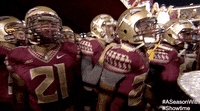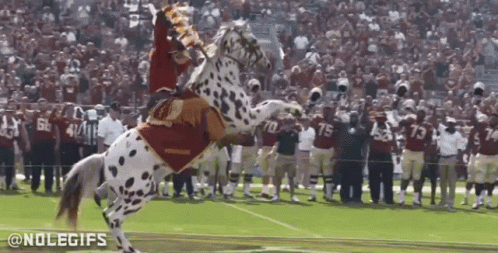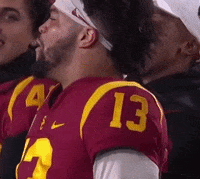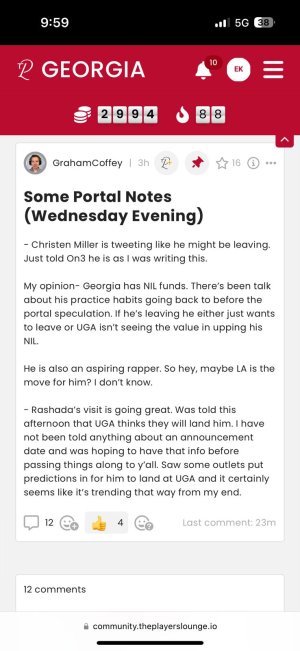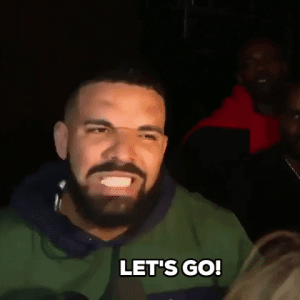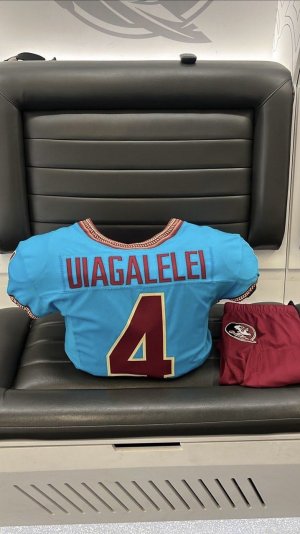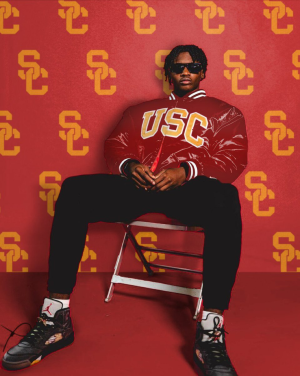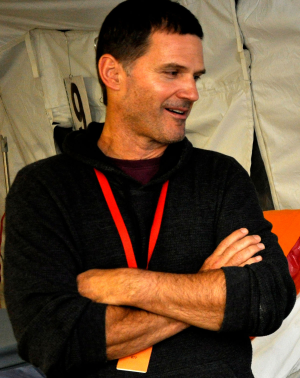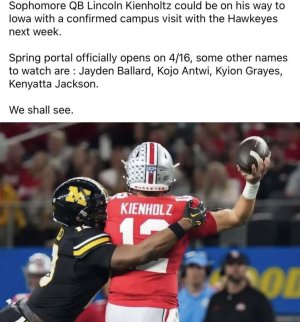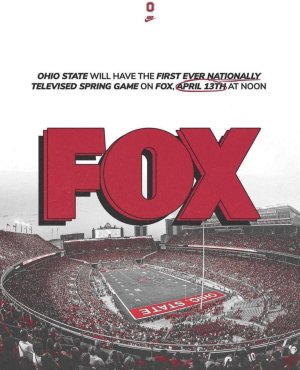- 32,654
- 11,811
- Joined
- Jul 11, 2006
Predictions
G5 Conference Winners
MAC: Toldeo
Sunbelt: JMU
CUSA: WKU
MWC: Fresno St
AAC: SMU
Power 5 Conference Winners
Pac-12 Champ: ? (Washington runner up)
SEC E: UGA
SEC W: LSU
SEC Champ: LSU
B1G E: Mich
B1G W: UW
B1G Champ: Mich
ACC Champ: Clemson (FSU runner up)
Big XII: Texas (Texas Tech runner up)
Playoff Teams
1. LSU
2. UGA
3. Mich
4. Clemson
NC: UGA
Heisman Trophy Finalists
#1 Jordan Travis QB FSU
#2 Caleb Williams QB USC
#3Michael Penix QB UW
#4 Drake Maye QB UNC
USC's record: 10-2
G5 Conference Winners
MAC: Toldeo
Sunbelt: JMU
CUSA: WKU
MWC: Fresno St
AAC: SMU
Power 5 Conference Winners
Pac-12 Champ: ? (Washington runner up)
SEC E: UGA
SEC W: LSU
SEC Champ: LSU
B1G E: Mich
B1G W: UW
B1G Champ: Mich
ACC Champ: Clemson (FSU runner up)
Big XII: Texas (Texas Tech runner up)
Playoff Teams
1. LSU
2. UGA
3. Mich
4. Clemson
NC: UGA
Heisman Trophy Finalists
#1 Jordan Travis QB FSU
#2 Caleb Williams QB USC
#3Michael Penix QB UW
#4 Drake Maye QB UNC
USC's record: 10-2
Last edited:



